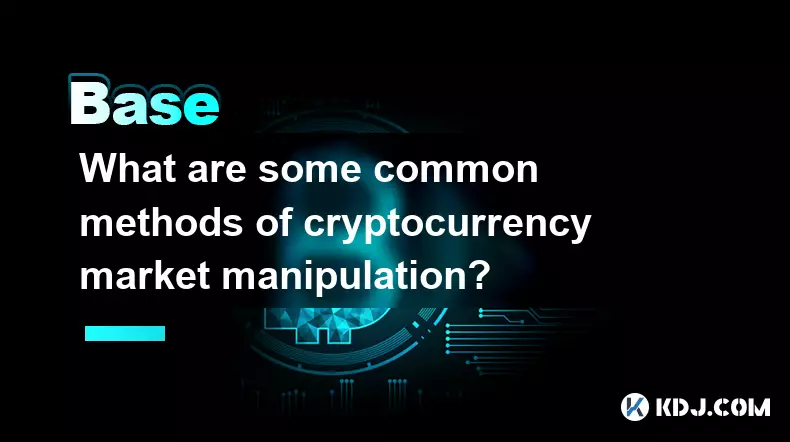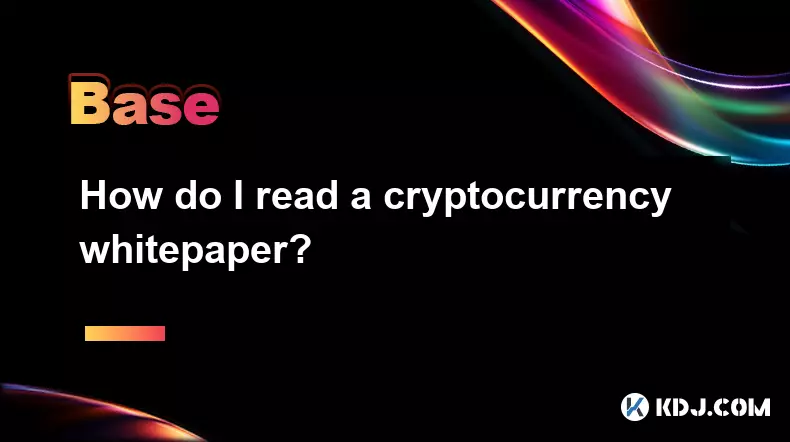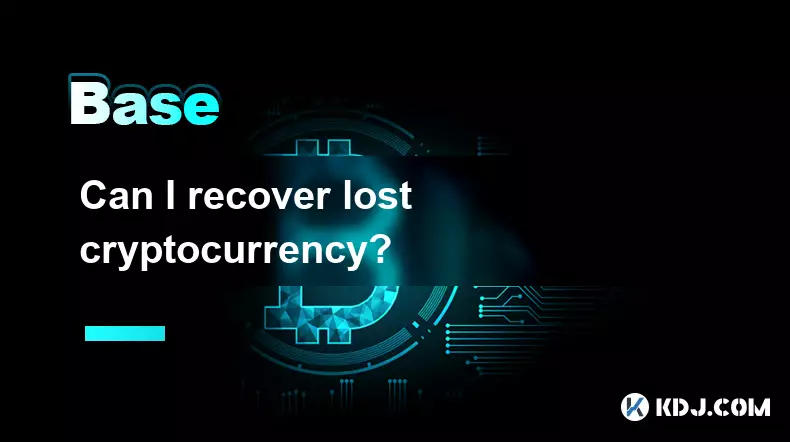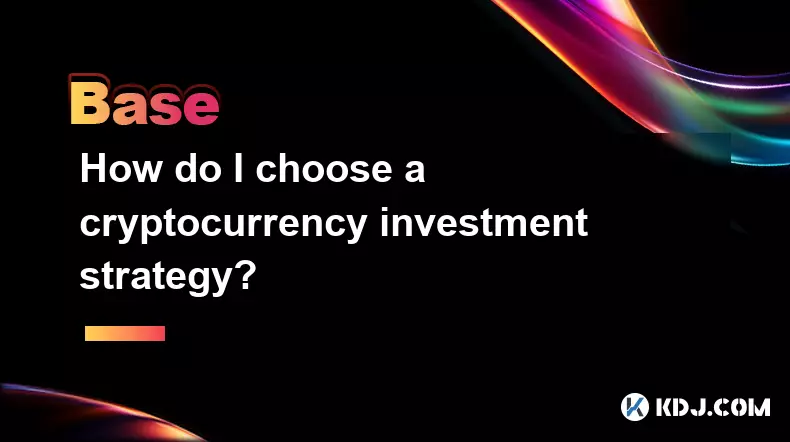-
 bitcoin
bitcoin $120167.907534 USD
1.27% -
 ethereum
ethereum $4468.611945 USD
2.53% -
 xrp
xrp $3.013607 USD
1.80% -
 tether
tether $1.000549 USD
-0.01% -
 bnb
bnb $1092.592149 USD
6.28% -
 solana
solana $231.391244 USD
4.59% -
 usd-coin
usd-coin $0.999699 USD
-0.04% -
 dogecoin
dogecoin $0.259020 USD
4.30% -
 tron
tron $0.342747 USD
0.34% -
 cardano
cardano $0.860977 USD
1.07% -
 hyperliquid
hyperliquid $50.155412 USD
5.34% -
 chainlink
chainlink $22.637678 USD
0.46% -
 ethena-usde
ethena-usde $1.000528 USD
-0.07% -
 avalanche
avalanche $30.613779 USD
-0.07% -
 stellar
stellar $0.403905 USD
0.94%
How does cryptocurrency achieve decentralization?
Cryptocurrency's decentralization relies on blockchain, nodes, and consensus mechanisms, ensuring no single entity controls the network while enabling trustless, transparent transactions.
Sep 30, 2025 at 04:37 am

Understanding the Foundation of Decentralization in Cryptocurrency
1. Cryptocurrency achieves decentralization primarily through the use of blockchain technology, a distributed ledger that records all transactions across a network of computers. Each participant in the network maintains a copy of the ledger, ensuring no single entity controls the entire system. This redundancy prevents manipulation and increases transparency.
2. Nodes play a crucial role in maintaining decentralization. These are individual computers connected to the blockchain network that validate and relay transaction data. Full nodes store the complete history of the blockchain and enforce consensus rules, making it difficult for any rogue actor to alter past records.
3. Consensus mechanisms such as Proof of Work (PoW) and Proof of Stake (PoS) enable agreement among decentralized participants without relying on a central authority. In PoW, miners solve complex mathematical puzzles to add new blocks, requiring significant computational effort. This process deters malicious behavior due to high costs.
4. Decentralized governance models allow token holders to vote on protocol upgrades and changes, distributing decision-making power across the community rather than concentrating it within a corporate board or development team. This ensures that updates reflect the collective interest of users and stakeholders.
5. Peer-to-peer networks eliminate intermediaries by allowing direct transactions between users. Unlike traditional banking systems where transfers go through centralized institutions, cryptocurrency transactions occur directly over the internet, reducing dependency on third parties.
Role of Open-Source Development in Sustaining Decentralization
1. Most major cryptocurrencies operate on open-source codebases, meaning anyone can view, audit, modify, and contribute to the software. This openness fosters trust, as developers worldwide can verify the integrity of the system and propose improvements.
2. Open collaboration invites global participation in the evolution of protocols. Independent developers, researchers, and organizations can build tools, wallets, and applications on top of existing blockchains, expanding functionality without central coordination.
3. Transparency in code reduces the risk of hidden backdoors or exploitative features being introduced by a small group. When vulnerabilities are discovered, they can be reported and patched quickly by the community.
4. The absence of proprietary control means no single company owns the core protocol, preventing monopolistic practices and ensuring long-term accessibility for all users regardless of jurisdiction or affiliation.
5. Community-driven forks—such as Bitcoin Cash from Bitcoin—demonstrate how disagreements in vision can lead to new chains, preserving ideological diversity within the ecosystem while maintaining technical independence.
Challenges and Trade-offs in Maintaining Decentralization
1. As networks grow, scalability becomes a pressing issue. Increasing transaction volume can strain the ability of individual nodes to keep up with data demands, potentially leading to centralization if only large entities can afford the infrastructure.
2. Mining centralization has emerged in some PoW blockchains, where a few mining pools control a majority of hash power. This concentration threatens the principle of distributed validation and raises concerns about potential 51% attacks.
3. Regulatory pressures may force exchanges and service providers to collect user data, undermining the privacy benefits often associated with decentralized systems. Compliance requirements can inadvertently push activity toward centralized gateways.
4. Wealth distribution within many cryptocurrencies remains highly uneven, with early adopters and large holders wielding disproportionate influence over market dynamics and governance outcomes.
5. Layer-2 solutions and sharding aim to improve performance but introduce additional complexity. While these innovations enhance throughput, they may shift trust assumptions and require specialized node types, altering the original decentralization model.
Frequently Asked Questions
What prevents a single entity from taking over a cryptocurrency network?A combination of cryptographic security, economic incentives, and distributed node architecture makes it extremely costly and technically challenging for any single party to gain control. Altering the blockchain would require overpowering more than half of the network’s computing or staked resources, which is prohibitively expensive on established networks.
How do wallet addresses contribute to decentralization?Wallet addresses allow users to interact with the blockchain without revealing personal identity, supporting permissionless access. Anyone can generate an address and transact freely, removing the need for approval from financial institutions or government bodies.
Can governments shut down a cryptocurrency network?While authorities can ban exchanges or restrict usage within their borders, they cannot easily eliminate a decentralized blockchain. The network persists as long as nodes continue operating globally, making complete shutdown impractical due to its distributed nature.
Why is node distribution important for decentralization?Widespread node distribution ensures resilience against censorship and failure. If nodes are concentrated in specific regions or controlled by a few operators, the network becomes vulnerable to coordinated attacks or regulatory intervention, weakening its decentralized foundation.
Disclaimer:info@kdj.com
The information provided is not trading advice. kdj.com does not assume any responsibility for any investments made based on the information provided in this article. Cryptocurrencies are highly volatile and it is highly recommended that you invest with caution after thorough research!
If you believe that the content used on this website infringes your copyright, please contact us immediately (info@kdj.com) and we will delete it promptly.
- BlockDAG, DOGE, HYPE Sponsorship: Crypto Trends Shaping 2025
- 2025-10-01 00:25:13
- Deutsche Börse and Circle: A StableCoin Adoption Powerhouse in Europe
- 2025-10-01 00:25:13
- BlockDAG's Presale Buzz: Is It the Crypto to Watch in October 2025?
- 2025-10-01 00:30:13
- Bitcoin, Crypto, and IQ: When Genius Meets Digital Gold?
- 2025-10-01 00:30:13
- Stablecoins, American Innovation, and Wallet Tokens: The Next Frontier
- 2025-10-01 00:35:12
- NBU, Coins, and Crypto in Ukraine: A New Yorker's Take
- 2025-10-01 00:45:14
Related knowledge

How does cryptocurrency achieve decentralization?
Sep 30,2025 at 04:37am
Understanding the Foundation of Decentralization in Cryptocurrency1. Cryptocurrency achieves decentralization primarily through the use of blockchain ...

What are some common methods of cryptocurrency market manipulation?
Sep 27,2025 at 02:55am
Wash Trading and Its Impact on Market Perception1. Wash trading involves an individual or entity simultaneously buying and selling the same cryptocurr...

How do I read a cryptocurrency whitepaper?
Sep 27,2025 at 05:54am
Understanding the Structure of a Cryptocurrency Whitepaper1. Begin by identifying the executive summary, which outlines the project’s core vision and ...

Can I recover lost cryptocurrency?
Sep 25,2025 at 08:18am
Understanding the Nature of Cryptocurrency Loss1. Cryptocurrency operates on decentralized networks, meaning there is no central authority to reverse ...

How do I choose a cryptocurrency investment strategy?
Sep 27,2025 at 03:55pm
Understanding Risk Tolerance in Crypto Investing1. Assessing personal risk tolerance is a foundational step when entering the cryptocurrency market. V...

How can I earn passive income from cryptocurrency?
Sep 23,2025 at 10:18am
Staking Cryptocurrencies for Regular Returns1. Many blockchain networks operate on a proof-of-stake (PoS) consensus mechanism, allowing users to earn ...

How does cryptocurrency achieve decentralization?
Sep 30,2025 at 04:37am
Understanding the Foundation of Decentralization in Cryptocurrency1. Cryptocurrency achieves decentralization primarily through the use of blockchain ...

What are some common methods of cryptocurrency market manipulation?
Sep 27,2025 at 02:55am
Wash Trading and Its Impact on Market Perception1. Wash trading involves an individual or entity simultaneously buying and selling the same cryptocurr...

How do I read a cryptocurrency whitepaper?
Sep 27,2025 at 05:54am
Understanding the Structure of a Cryptocurrency Whitepaper1. Begin by identifying the executive summary, which outlines the project’s core vision and ...

Can I recover lost cryptocurrency?
Sep 25,2025 at 08:18am
Understanding the Nature of Cryptocurrency Loss1. Cryptocurrency operates on decentralized networks, meaning there is no central authority to reverse ...

How do I choose a cryptocurrency investment strategy?
Sep 27,2025 at 03:55pm
Understanding Risk Tolerance in Crypto Investing1. Assessing personal risk tolerance is a foundational step when entering the cryptocurrency market. V...

How can I earn passive income from cryptocurrency?
Sep 23,2025 at 10:18am
Staking Cryptocurrencies for Regular Returns1. Many blockchain networks operate on a proof-of-stake (PoS) consensus mechanism, allowing users to earn ...
See all articles










































































